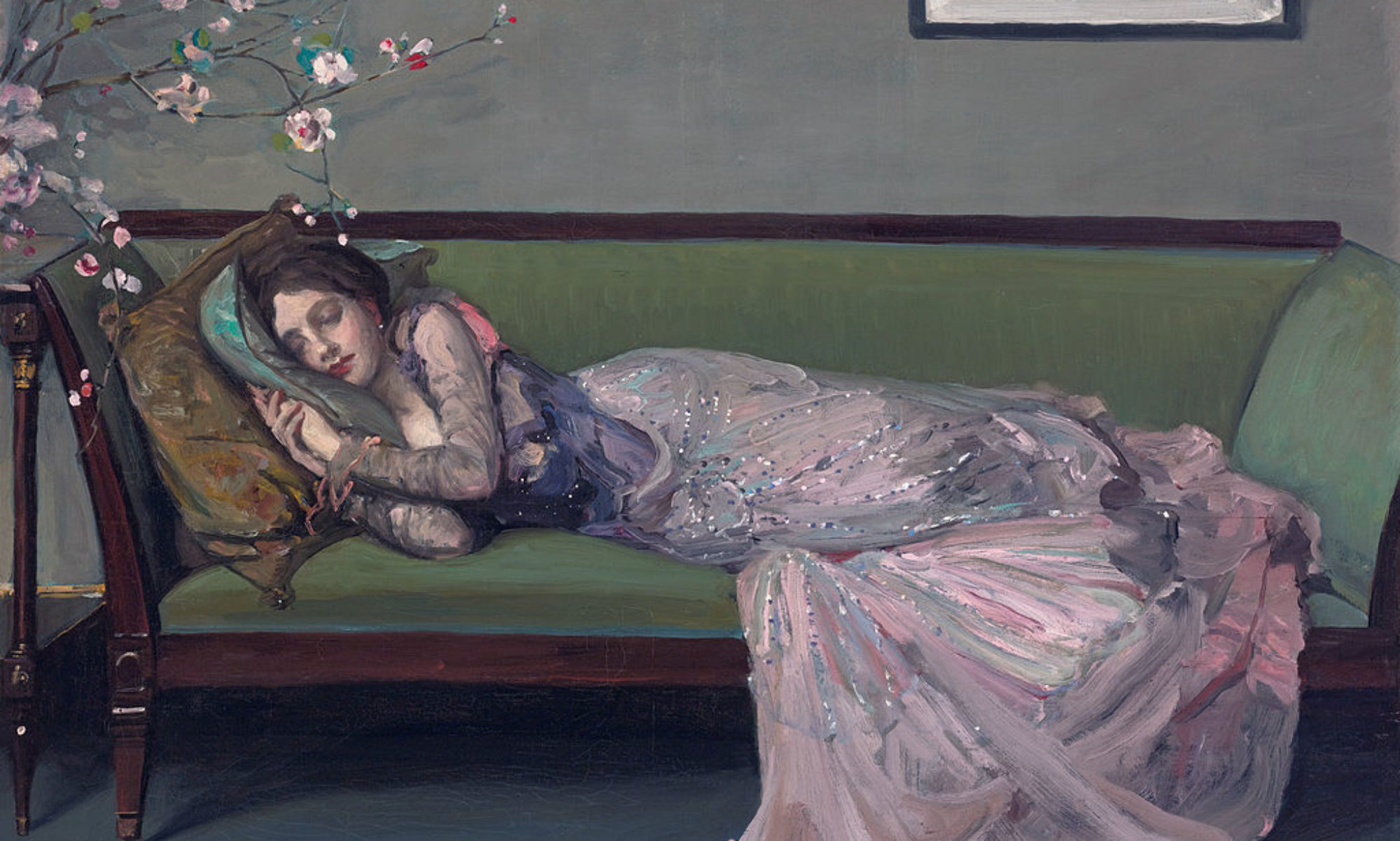Today I’m posting images of silent film actresses in fabulous clothes, which I found in the Library Of Congress archives. These photographs date between 1920 – 1925. However, it is possible that a few earlier images might have slipped in. Sadly, I had to crop out many of the photographs’ handwritten labels when I processed the photos. If you look closely, you can find Joan Crawford, Clara Bow, Louise Brooks, and Bebe Daniels.
Click on an image to enlarge.













































































